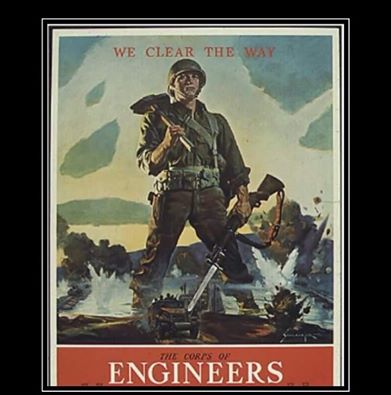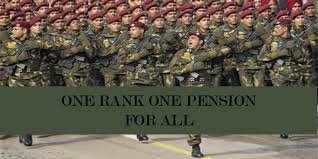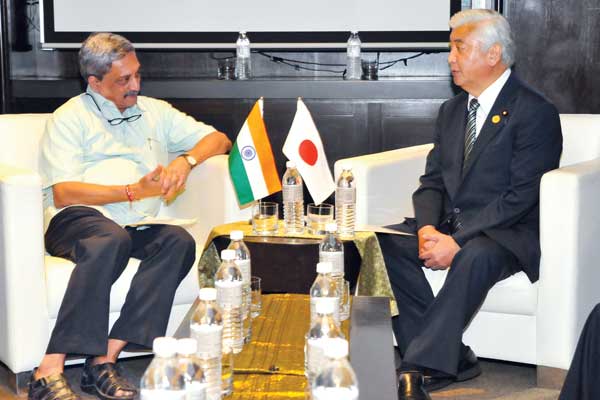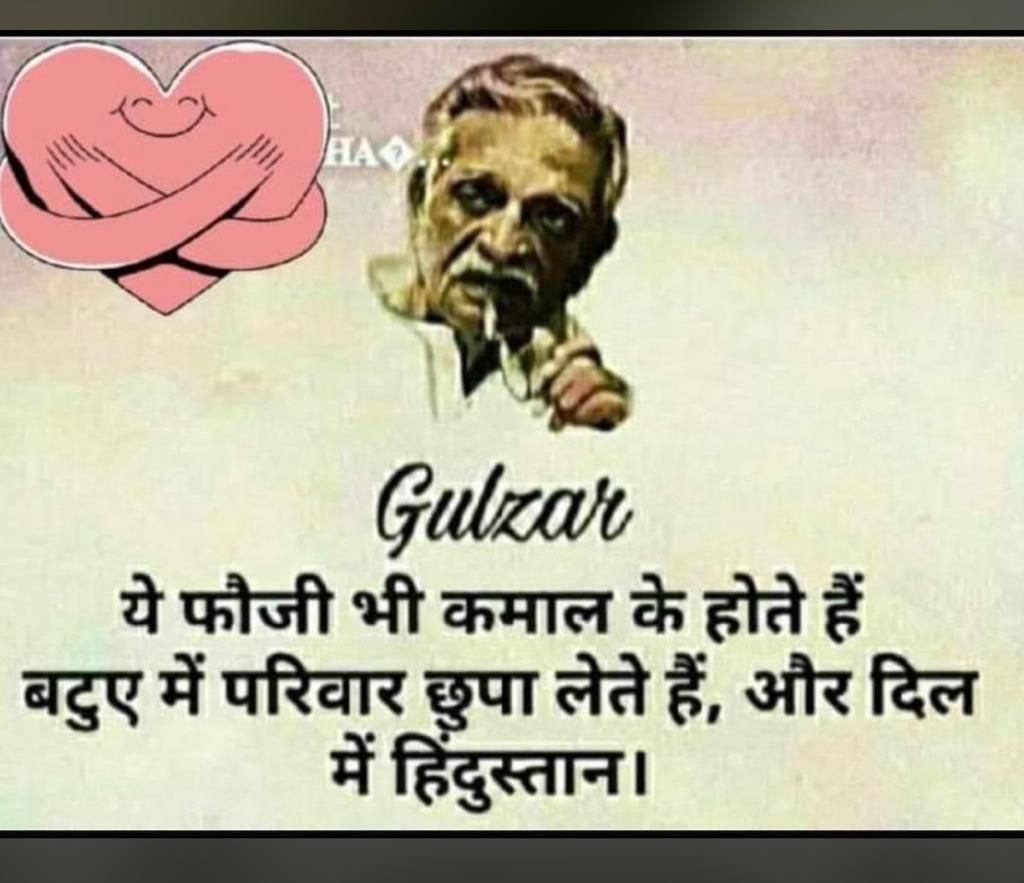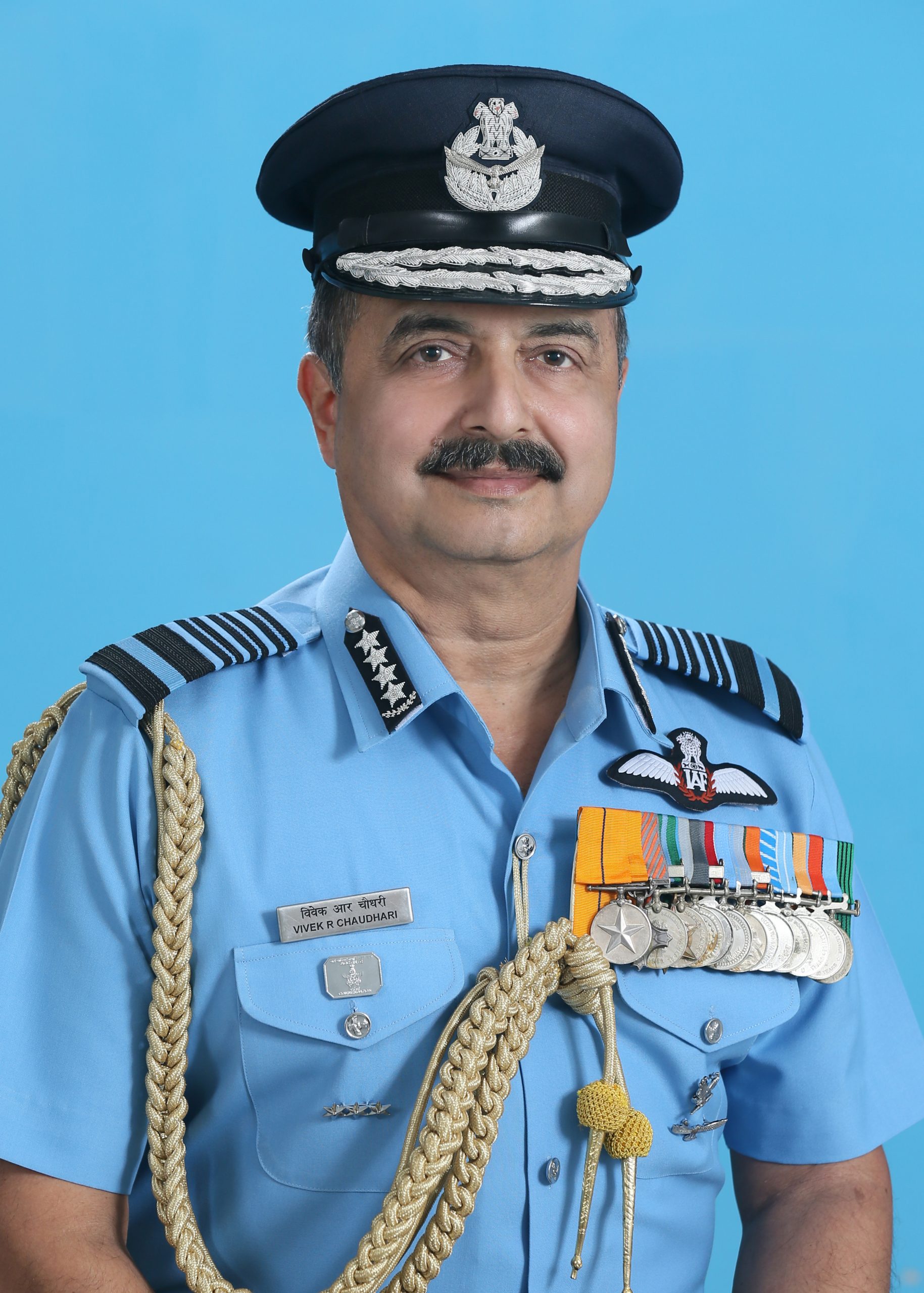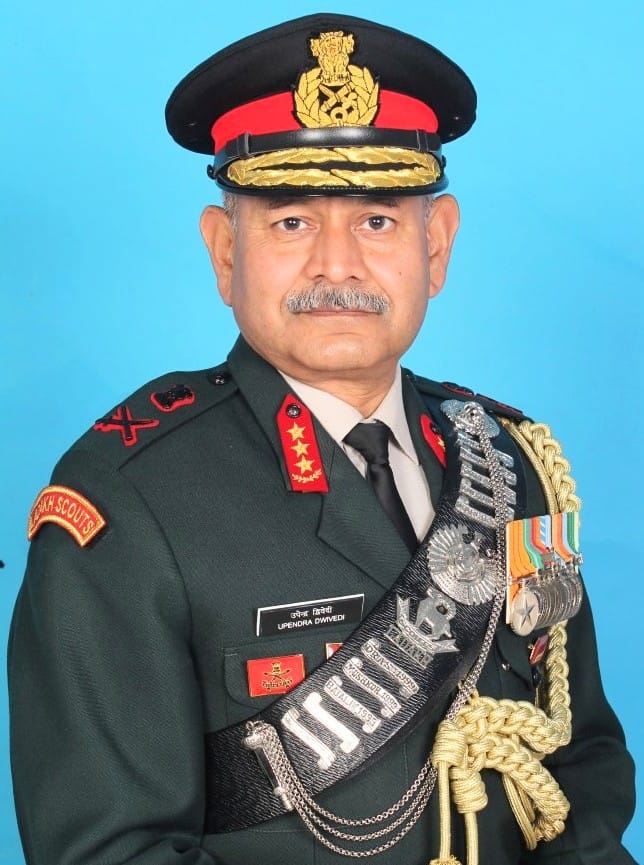
Indian army is facing acute shortage of men. The government is launching massive campaigns to attract new recruits. The armed forces are reeling under financial crises. The armed forces are starving for recruits. THE PAVEMENT garment shops on Sunday market at Daryaganj in New Delhi are known for their down to earth prices. Visited by thousands of people from across the national capital region (NCR), these are a boon in disguise for the common man who cannot afford the luxury of a brand new garment but can do with the discarded stuff from the upper middle class folk and many a garment factories from across the nation.Just like any other customer, Raghubir Singh (name changed) is also busy digging into a heap of jackets, body warmers and suits. North India is reeling under a spine chilling cold wave and wishes to buy apiece each that can keep him and his 15-year-old son back at Amritsar, warm in this killing weather.
He selects a gray overcoat for himself and a blue jacket for the boy. The price is merely rupees 200 each. But just like any other father, a dejected Raghubir gives way to his son requirement, keeping his personal needs aside. Raghubir has money enough to buy only one.
His friend puts a sympathetic hand over his shoulder that is decorated with some job identification. Raghubir is Subedar in the Indian army! A man who puts life at risk for the nation cannot even afford to buy a second grade warmer for himself?
“I wanted to buy two jackets but I do not have money for two. I am hardly able to save anything from what I get as my salary. Well, my son needs it more than me, so I bought this for him,” says a shivering Singh with a hidden tear about to dwell in his eyes. But obvious, the truth is hidden from no one.
This is the story of one Raghubir. Many an untold tales of financial crisis stand untold in the mightiest armed force-on-land in the world.
Sample the tale of Lajo (name changed) from Bihar. Wife of a martyr Subedar Major, who was killed by militants last year at Poonch in Kashmir, she works as a stone-breaking laborer at a construction site in New Delhi. After all, despite repeated requests and pleadings with the concerned personnel, the pension allotted to the martyr’s family never reached in time. And Lajo the only one to fend for a family of two kids and parents-in-law had to work as a menial labourer.
“My husband laid down his life for the nation. I am proud of him. I have no complains and grudges against anyone. It is just that I need our due, in time, for my family. And till then I shall work here. I do not feel any shame in doing this. After all it is better than begging for money and food,” says Lajo. Such a plight of a lady whose eye still twinkle at the mention of her husband’s sacrifice.
The Indian President has got a big raise with the monthly pay packet doubled from Rs 50,000 to Rs one lakh, under a proposal cleared by the union cabinet on January 24. And Pratibha Patil is not alone to get such a hike.
The Vice-President would get Rs 85,000 per month against the present Rs 40,000. Likewise, the salary of Governors has been raised from Rs 36,000 a month to Rs 75,000. The increase in emoluments would come into effect from January 1 2007. Last year? Yes, you heard it right! That means more than a crore being lovingly pumped into the pockets of the VVIPs who otherwise get unaccountable perks as well!
The contrast is glaring. Perhaps this is the reason for shortage of officers in the armed forces. We are short of over 11,000 officers ranging from the rank of Captain to Major. It is public knowledge that the Indian army has launched a massive awareness drive to get young people in the armed forces. Despite, glossy advertisement campaigns like: “Be an Army man: Be a winner for life,” the armed forces continue to face a serious shortage of officers.
It is high time that the government realises that pumping money into hoardings, lucrative ads and zestful campaigns is of no use in such a grim situation. The government should realise that though advertisements are one of the best modes of promoting a cause. Why not an ad guru tells the national media advisor that some causes depend on mouth-to-mouth publicity? Will Raghubir and Lajo want their children to work for the army in future?
“I want my son to be a doctor. At least he might earn better and take care of his family, and us,” says Raghubir.
“If the government pays the army men better, I want my son to fight for the security of the nation and win a bravery medal like his father. If they do not pay well in future, I would want him to work for some computer company or become an engineer. Money is a necessity, medals do not buy you food,” states a resolute Lajo.
This reminds of a news channel that recently awarded the Indian soldier the title of the Indian of the year, ‘unsung hero.’ But does that award do any good to people like Lajo?
The fact is crystal clear. The army men and their families seek monetary fulfillment rather than bravery medals and promises of pay hikes.
So when shall the government pay heed to such a grim situation? Or they are waiting for the nation’s guards to turn the tables around and behave like any other protestor, staging a protest near the Parliament seeking justice? The time is not far when this thought might become turn into a reality. The danger bells are ringing, but are our ears alert enough to hear those? – See more at: http://www.merinews.com/article/why-indian-army-starves-for-new-recruits/129791.shtml#sthash.bGbWRWZ0.dpuf
















